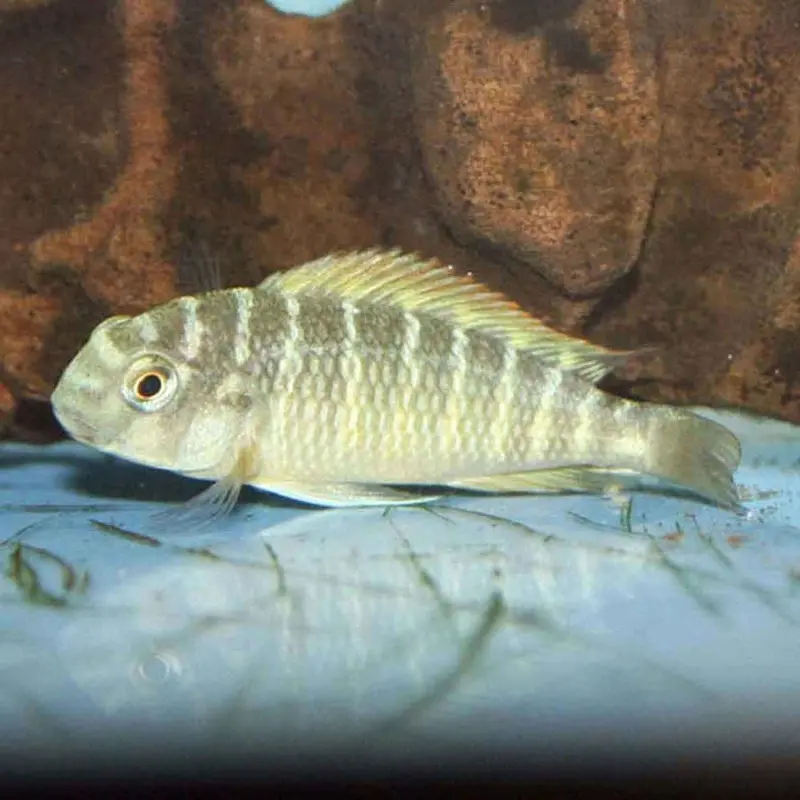 Sale!
Sale! Tropheus moorii – Moliro Firecracker Red variant
$23.99 $29.99
\r\nTropheus cichlids are one of the most popular groups of Tanganyikan cichlids with many geographical variations of the few individual species available, but they can be difficult for novice aquarists. These cichlids are almost exclusively herbivores and need a vegetation-heavy diet with frequent small feedings to avoid serious conditions like Bloat. They can also be very aggressive and should be housed in large groups, meaning a large aquarium to house them is preferable. Avoid keeping multiple varieties to avoid cross-breeding. Due to their specific diet and aggressively territorial temperament, it is best to keep a species-only tank with only Tropheus cichlids.\r\n
\r\nThe Moliro Firecracker Red variant of Tropheus moorii has a black and red-orange body with bright red accents in the fins and on the base of the tail. It is from the Moliro region along the southwestern corner of the lake.\r\n\r\n
\r\nCichlids from Lake Tanganyika can be divided into several main varieties. Some of the most popular are the shell-dwellers and torpedo-like bottom-dwellers from the genera Lamprologus, Neolamprologus, Altolamprologus and Julidochromis. These fish are very similar and the sceintific classification of some, especially the Neo/Alto/Lamprologus cichlids, have been reclassified often in recent years. Cichlids from the Cyprichromis and Paracyprichromis genera are open-water sardine-like fish usually found in schools in their native lake. Tropheus cichlids and the Frontosa’s from genus Cyphotilapia are popular large cichlids that seem beastly in comparison to the tiny Lamps and Julies. Other types of Tanganyikan cichlids include goby-like bottom-dwellers and fish known to sift through mouthfuls of substrate. Many regional variants exist in these groups.\r\n
\r\nThe water chemistry in the African rift lakes is notoriously unique. Lake Tanganyika is particularly hard with a very high pH, although many fish that have been captive-bred may be acclimated to more moderate conditions similar to those in Lake Victoria or Lake Malawi. As many Tanganyikan cichlids are sensitive to water quality and changes in water quality, make sure conditions are stable.\r\n
\r\nDcor for a Tanganyikan aquarium should provide rockwork for the cichlids to hide in and around and can be created using tufa rock or lava rock. As most species sift through the substrate, open areas should also be provided. Tanks housing open-water or larger species should be more sparsely decorated. The substrate for these aquariums should be fine and smooth-edged; whitish coral sand or black buffered substrate is popular. Wood tends to lower pH and is not usually recommended for African cichlid aquariums.\r\n
\r\nVisit
| Cost: | $25 |
| Free Shipping: | We offer free shipping on orders over $30. Please check the free - shipping eligibility at checkout. |
| Delivery Time: | It usually takes [3-5] business days for standard shipping. Please note that this is an estimated time frame and may be affected by local holidays, and unforeseen circumstances. |

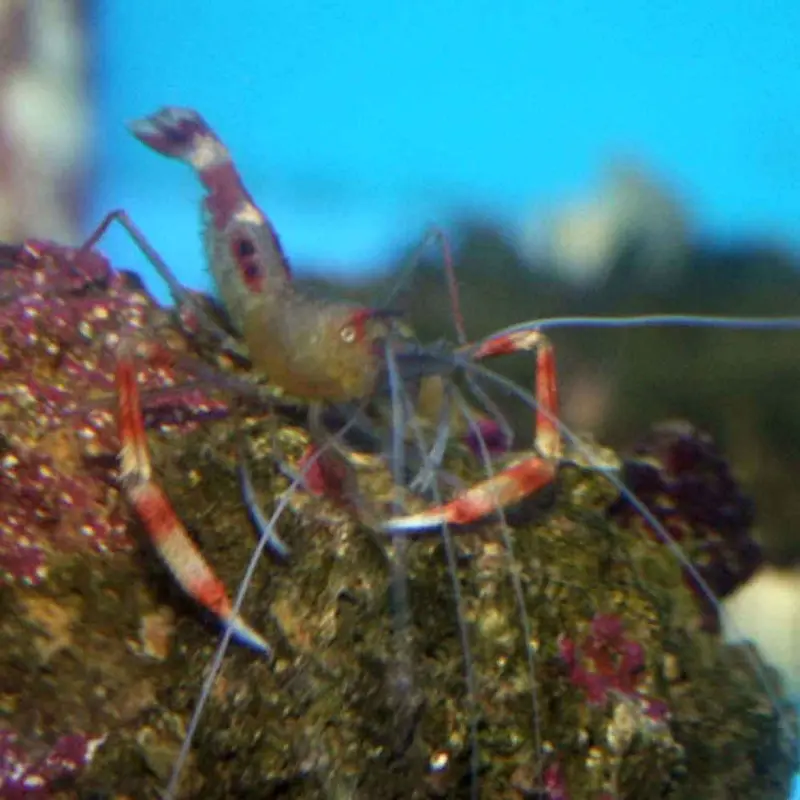
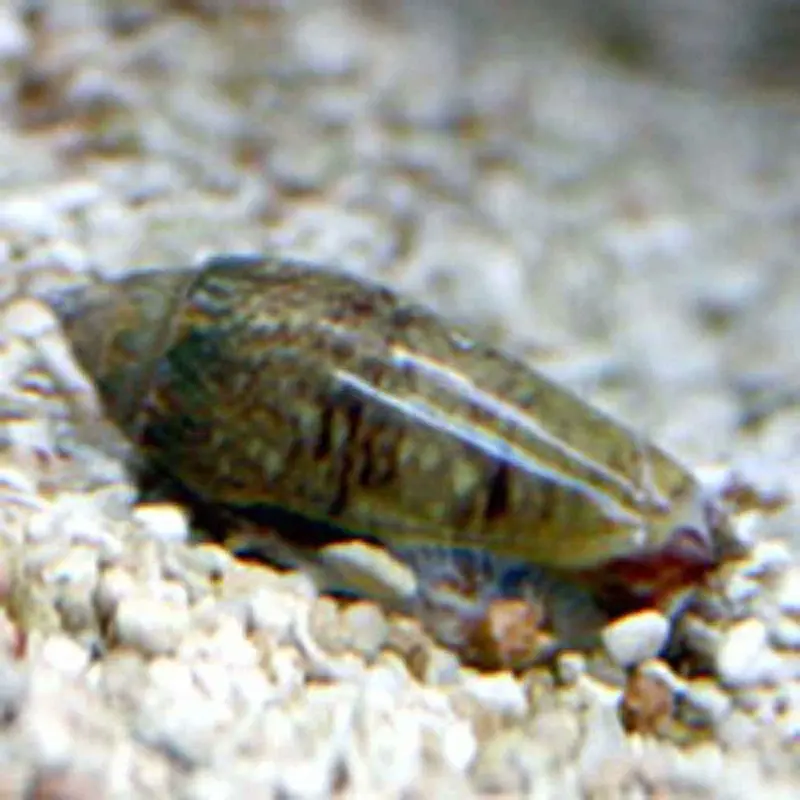
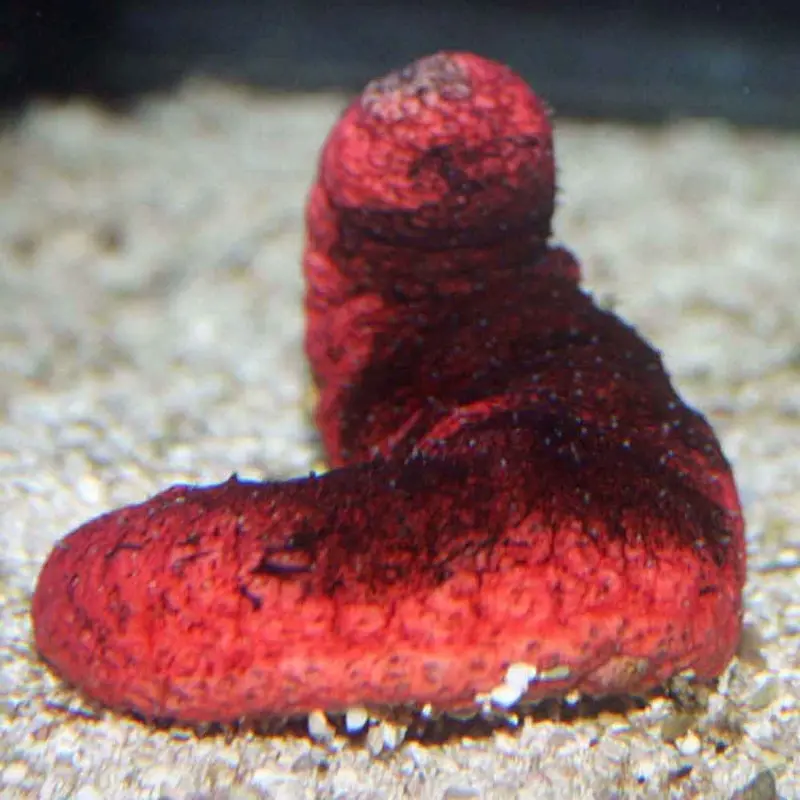
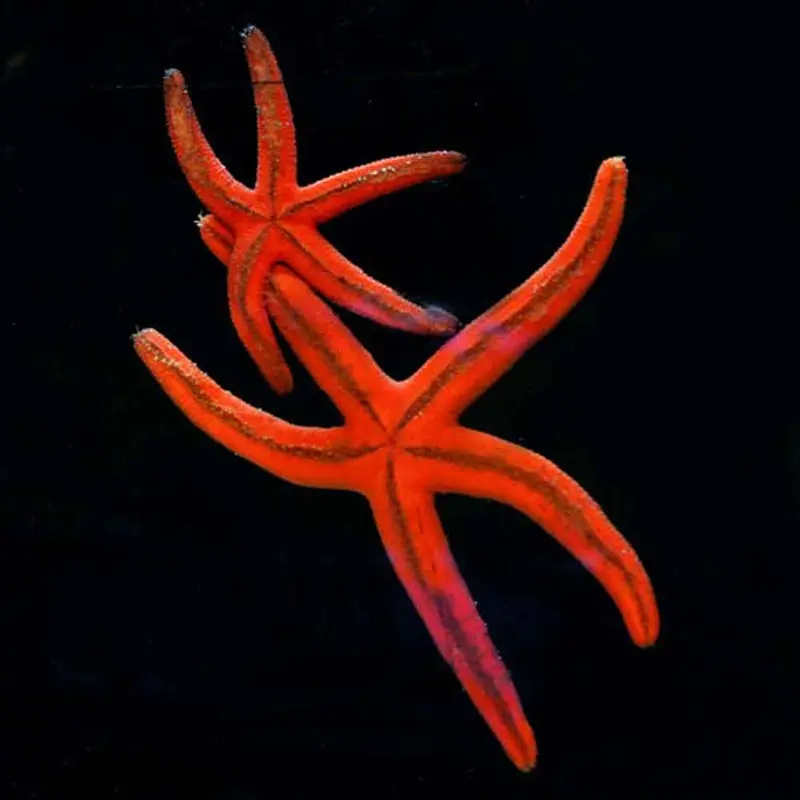
Reviews
There are no reviews yet.